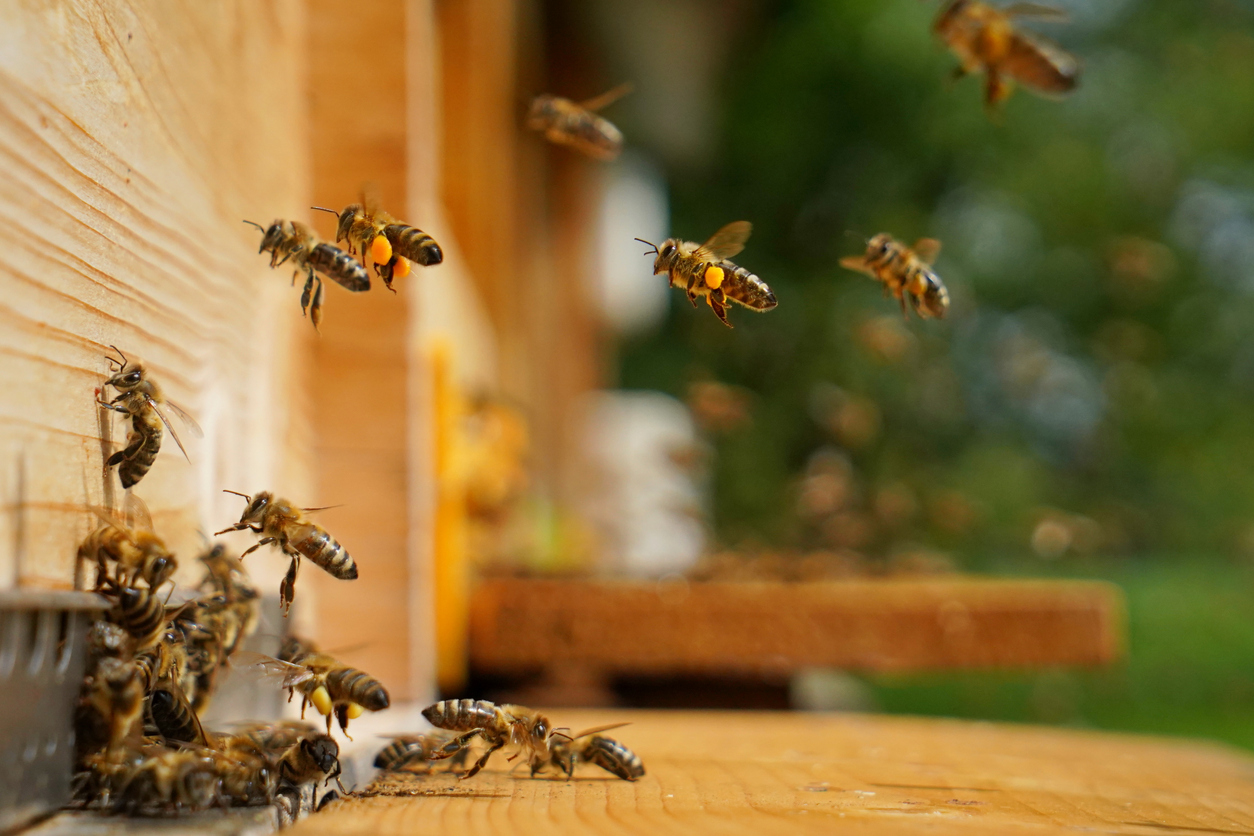Have you ever wondered why, in many airports across different countries, there are multiple random security checks after the initial check at the entrance and before boarding the plane? Do all these intermediate checks make flying much safer? Are intermediate checks required because the initial check may not be trustworthy, or are they intended to catch people who can transform themselves like chameleons? One of my favorite children’s book writers is Dr. Seuss and there is a lot to be learned from these books, by kids and adults alike. In one of the stories in “Did I Ever Tell You How Lucky You Are?” Dr. Seuss describes a village called Hawtch‑Hawtch where honey production is reduced due to the presence of a lazy bee, so the town employs a bee‑watcher. However, production did not improve so a new watcher is appointed to watch the first bee‑watcher, but the situation still does not improve. You know, or probably can predict, how the story goes. At some point, the entire town is appointed to watch one another, despite no improvement in production.
Recent FDA inspections have resulted in multiple observations related to inadequate or lack of Quality oversight in the pharmaceutical industry. Quality Unit oversight of GMP manufacturing operations should be taken seriously as it is required per 21 CFR, Parts §211.22 and §211.180, and expected per ICH Q10.
In response to these observations, or in anticipation of upcoming audits, many may think that adding layers of reviewers will satisfy the requirement for Quality oversight. To subscribe to this logic, one must think that adding multiple layers of reviews will ensure that nothing is missed. This type of review is effective only if the scope of review is specifically defined. For example, for a manufacturing batch record, Reviewer 1 may only review the Bill of Material, Reviewer 2 will review only the training records for the operators, and Reviewer 3 will review all other activities related to the batch, etc. However, if Reviewers 1, 2, and 3 are reviewing the same data or documentation, the following scenarios may happen:
- Reviewer 1 (and/or 2) reviews all aspects but misses some areas, which are caught by subsequent reviewers (2 or 3). This is the intended purpose. However, if this continues, Reviewer 1 (and/or 2) will think that the next reviewer is always available to catch what they miss, and they may become complacent. It will take only one mistake missed by Reviewer 3 for this system to fall apart.
- Reviewer 1 is a very good reviewer and always catches all gaps. Reviewers 2 and 3 (likely higher up the food chain) trust Reviewer 1 and blindly sign documents. This entirely defeats the purpose and is against GMP policy. Also, if Reviewer 1 makes a mistake, Reviewers 2 and 3 are unable to catch it.
- Reviewer 1 reviews all aspects thoroughly and identifies all gaps. Reviewers 2 and 3 do the same. This rarely happens and, by the way, you may have also just wasted the time spent by Reviewers 2 and 3.
Will adding multiple reviewers increase the “Quality” of the Quality oversight? Do you want to set up a bee‑watching-watching-watching program in your Quality Unit? If you analyze the above scenarios, you will see that it is likely not a good idea. After all, it is not Quantity oversight (no pun intended). Instead, to strengthen the review process, it should be ensured that the people performing the reviews are appropriately qualified and suitably trained.
If you have any questions relating to your site’s Quality Management System and Quality oversight programs, please contact us at LCS@LachmanConsultants.com for an assessment.




